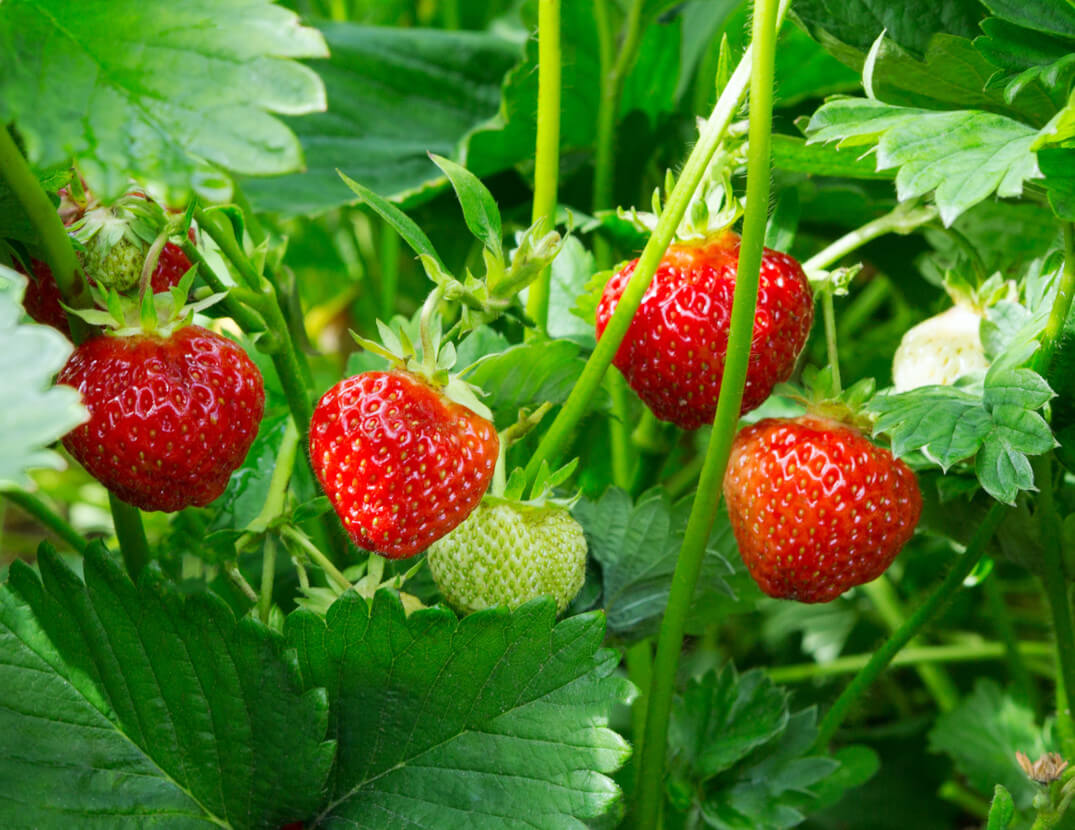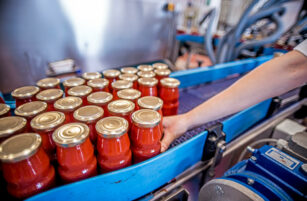Insight Focus
- Europe faces supply gaps and price fluctuations.
- Spanish irrigation water shortage.
- Hepatitis A rumours in Moroccan strawberries.
The global strawberry market was in 2022 valued at US$19.1 billion, and it is expected to reach US$27.2 billion by 2031 according to Wyld Networks. As previously covered in our Strawberry Market Update article (Czapp), the European strawberry production has remained stable at around 1.7m tonnes, while the harvest area has dropped to around 14,000 hectares. This is largely a result of various yield-enhancing programs and new cultivation techniques.
Europe’s Shifting Strawberry Landscape
The year 2023 saw a mixed bag for strawberries across Europe. While some regions basked in abundance, others faced scarcity and price hikes. Let’s take a look at what trends can be observed for 2024.
Greece takes central stage as Greek strawberries emerge as a star performer with consistent quality, reliable supply, and favourable weather conditions. This rise partly stemmed from challenges faced by traditional powerhouses like Spain, where water management issues have impacted the quality and quantity.
Spain’s strawberry production is down
The Association of Producers and Exporters of Strawberries and Red Fruits of Huelva, Freshuelva, has reported that, according to the data provided by the associated companies, the planted area of strawberries amounts to 6,100 hectares, which represents a decrease of 3.1 % compared to the 6,295 hectares of strawberries planted in the last campaign.
Spain, particularly the Huelva region, is a major player in European strawberry production. However, this year, drought has caused some problems as water scarcity forced many farmers to forgo planting altogether.
For those who took the gamble and planted, recent March rains brought a stroke of luck, replenishing crucial water reserves for irrigation.
The Spanish strawberry season typically begins in April and runs through June. Processors can anticipate receiving product as early as next week. It’s important to note that Poland, another major European strawberry producer, has a later harvest window, typically starting in June. Clients waiting for Polish prices might miss out on the tail end of the Spanish season.
Global Trends
In mid-March, a stir arose when the European Union’s Rapid Alert System for Food and Feed (RASFF) flagged the presence of Hepatitis A in strawberries from Morocco. The analysis, according to FACUA (the Andalusian Consumer Association), occurred during a routine border control. However, the alert issued on March 15th lacked crucial details – no information on the specific region, brand, or farm of origin was provided.
This lack of transparency sparked concern among consumers and potentially jeopardized Morocco’s current strawberry season, potentially pushing Spanish prices even higher. The Moroccan Ministry of Agriculture swiftly responded, vehemently refuting the Hepatitis A claims and attributing them to malicious attempts to undermine Moroccan agriculture.
The National Office for Food Safety (ONSSA) took immediate action upon receiving the initial health alert on a single shipment. They traced the strawberries, conducted thorough testing, and found no evidence of Hepatitis A or contaminated irrigation water. Additionally, they confirmed adherence to strict worker hygiene practices.
Aiming to reassure consumers, the Ministry emphasized the rigorous annual testing program in place for Moroccan strawberries. They further declared their intention to pursue legal action against those spreading false information.
This incident highlights the importance of clear communication within food safety alerts. While the EU’s system functions as intended by identifying potential risks, including more specific details could alleviate unnecessary consumer anxiety and market disruption.
Egypt’s strawberry season appears promising, with favourable weather and high European demand due to supply gaps. Despite a slight acreage reduction, good yields and potentially higher prices are expected. According to TNG (Tunisian News Gazette), Tunisia’s Ouechtata region is projected to witness a significant increase in strawberry production, exceeding 1,100 tonnes. This surge is attributed to an expansion in the area dedicated to strawberry cultivation from 17 hectares last season to 26 hectares this season.













